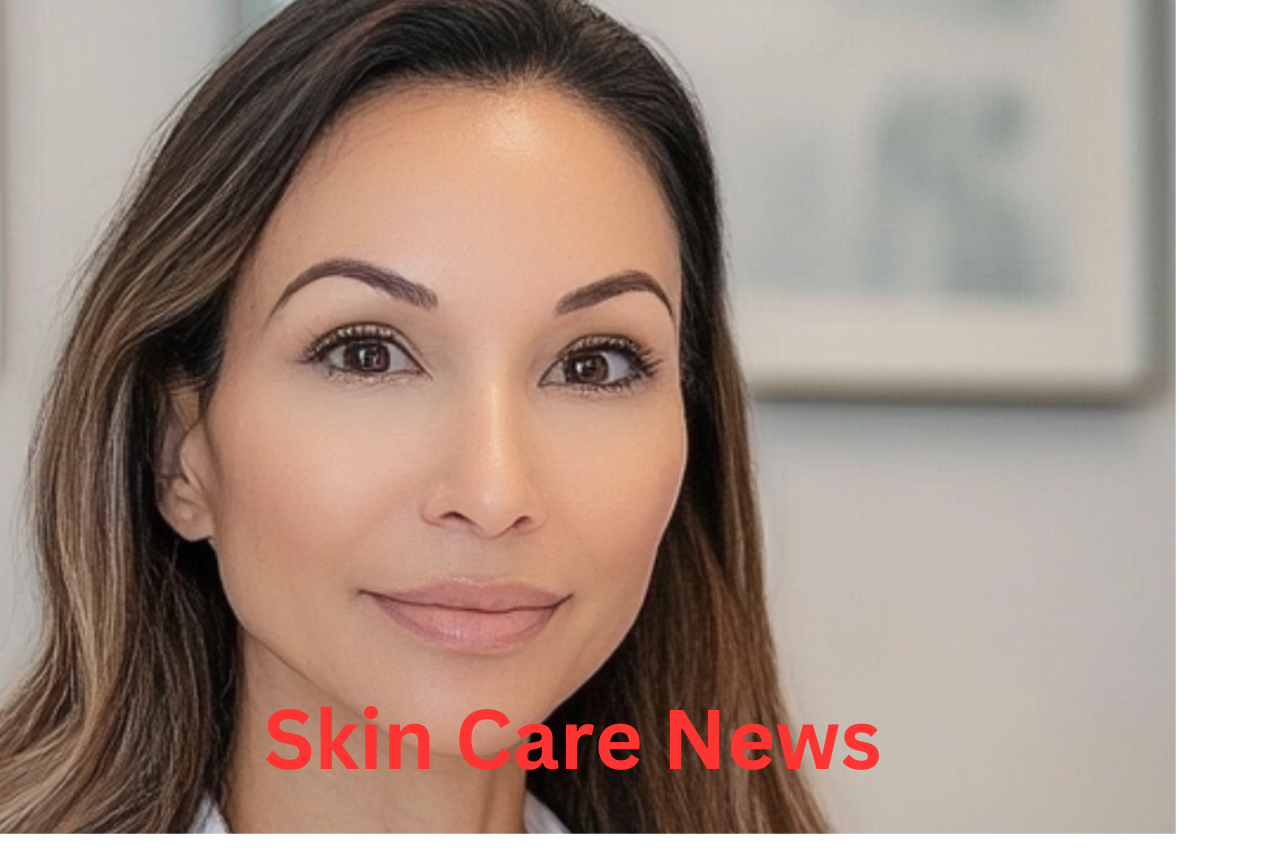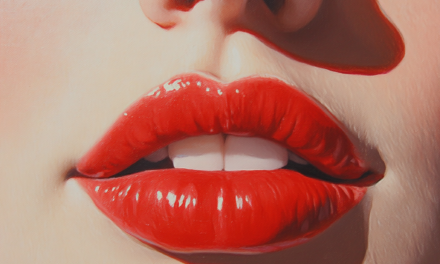If you’ve contemplated changing your hair colour but are hesitant about the chemicals in traditional dyes, there are natural alternatives for home use. Similar to usual hair dyes, natural hair dyes apply color to your hair—either temporarily or permanently, depending on the formula—but generally contain lesser chemicals. At times, they are entirely composed of plant-based components.
If prioritizing natural substances is your top concern, henna is the most secure choice, according to Krystel Cuadra, a senior colorist at Fekkai in New York. You might also consider vegetable-based hair colors derived from plants such as carrots, beets, and lemon juice, suggests Felicia Dosso, the principal colorist at Nunzio Saviano Salon. Moreover, there are additional natural alternatives, or traditional dyes with lesser amounts of chemicals, like ammonia and P-phenylenediamine (PPD), which may lead to skin irritation for some individuals, our specialists warn.
Points to ponder
Categories
Although all hair dyes impart color, not all provide enduring results. Generally, there are four categories of hair dye: temporary, semi-permanent, demi-permanent, and permanent. As the name suggests, the color from temporary dyes rinses out after one or two washes. Semi-permanent dyes are free from ammonia and can only match or darken your current shade, as they lack the ability to lighten hair. They also fail to conceal gray hair. Demi-permanent dyes are combined with a peroxide developer and are ideal for root touch-ups or darkening hair. They can also assist in blending grays. Lastly, permanent hair color has a potent ammonia foundation that allows the dye to be more versatile—it can be utilized to lift, tone, and fully mask grays.
Components
Opting for the most organic method for hair coloring, you should likely avoid ammonia. Cuadra suggests, “There are hair colorants that are devoid of ammonia and alcohol, and these are significantly kinder to the hair.” “The majority of hair colorants include p-phenylenediamine to aid in opening the hair cuticle, but there are alternatives to this specific chemical as well. In the quest for a cleaner or more organic hair colorant, Dosso advises to ensure to search for labels stating “cruelty-free” or “leaping bunny-certified,” as these generally contain fewer severe chemicals.
Spectrum of shades
In case aligning with your natural hair color is a crucial factor—perhaps for concealing grays or intensifying a browning effect—ensure to look for brands that produce an extensive variety of colors. Some brands only provide a limited number of shades, whereas others may provide 30 or more for optimal versatility.
Natural Ways to Dye Gray Hair
Dyeing gray hair may seem daunting, but it’s definitely achievable. According to Rehkopf, you can utilize coffee grounds to color your grays, despite it being a somewhat lengthy process.
She also recommends Hairprint, which can be administered either at home or in a salon over three to four application cycles. If neither of these options appeal to you, you might want to think about a semi-permanent dye. “It doesn’t need any peroxide and it’s just a stain that can penetrate the root,” says Rehkopf.
When using natural hair color for grays, professionals advise managing your expectations. “Anticipate more transparent coverage with more organic dyes, because they lack certain chemicals needed to fully penetrate the hair cuticle,” Cuadra explains. Simply put, natural hair colors don’t conceal gray hairs as effectively as chemical-based colors do.
Are hair colors hazardous?
The primary distinction between organic hair colors and regular hair colors is the absence of ammonia in organic dyes. According to Rehkopf, ammonia present in regular hair colors can lead to hair fall and irritation.
A lot of individuals with brunette hair often suffer from dermatitis on the scalp due to the usage of dark hair colors as they contain PPD (paraphenylenediamine), which is harsher on the scalp and can lead to thinning, adds Rehkopf. Individuals allergic to PPD might experience welts, itching, and burning on their scalp, or swollen eyes, mentions Rehkopf.
Brian Underwood, the beauty director at Women’s Health, suggests that individuals with inflammatory scalp conditions like dandruff or psoriasis are often more prone to irritation from PPD, and should therefore avoid this ingredient.
Underwood further advises that if you’re uncertain about how your body will react to natural hair dyes, you should perform a patch test to gauge your comfort level. Moreover, if you experience symptoms such as a rash, hives, or unexpected itching after applying hair dye, immediately get in touch with your dermatologist. Read More


